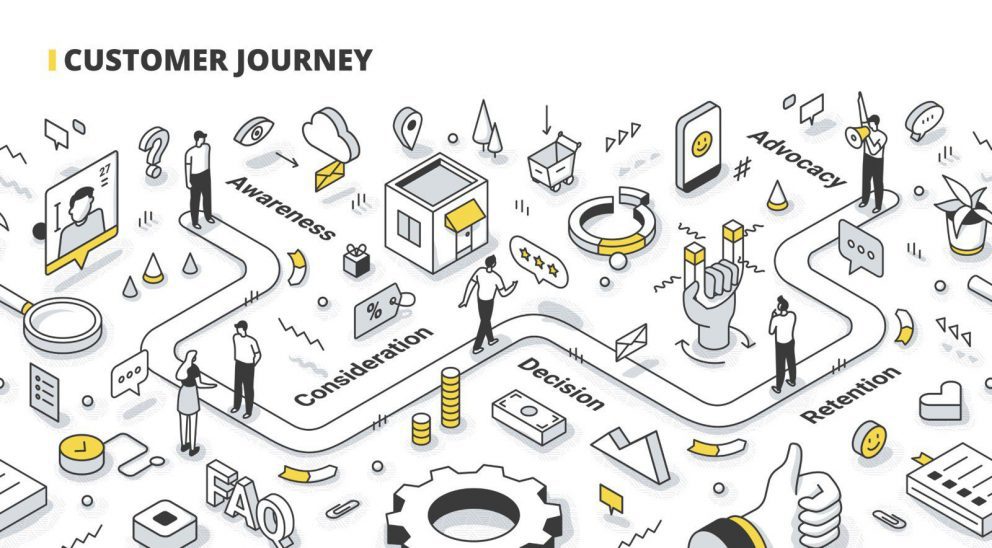Modern Disco: Formats and Tips for Primary Research in B2B Marketing

By Tom Swanson, Engagement Manager at Heinz Marketing
Disco, as in discovery, is back! Or at least that is the catchy subject line. Disco never really went away. People and trends are always changing, and keeping up on your disco is crucial.
There are lots of ways to do this, and there are plenty of tools that give you access to all kinds of data. Really cool stuff. You could spend hours and hours (and hours and hours) going through all the options.
While picking the right tech stack is an exercise in evolution, one thing has remained constant throughout time: Primary research is the best way to understand your customers.
The concept really is nothing new. Back in the disco era, focus groups, door-to-door surveys, and boxtop campaigns were prevalent, and while 3rd party data existed, your best choices still generally came down to geo targeting.
3rd party data certainly has gotten more powerful, and so has our ability to do primary research. No reason to dance around it any longer.
I have some ways we do primary research to share. So, here is one last introductory thought:
Good intent data gives you an understanding of behaviors; good primary research gives you an understanding of demand.
B2B Customer Interviews & Surveys
This one should be obvious. The best way to get to know your customers is to talk to them. Actually talk to them, as in interviews. Surveys are helpful, interviews are better. For interviews, I typically go back and watch them 2-3 days later with a highlighter. During the second review, I look for smaller cues, try to challenge my previous ideas, and jot down anything I missed. Good research takes time.
Here are some template questions to ask that generally yield interesting results. A few oldies but goodies, and some more modern. Customize these to your particular format and goals.
- How did you hear about company?
- Would you recommend company? (Good ol’ NPS)
- What made you successful with company? (or not)
- How was the buying process for you?
- What do you wish we had done differently?
- When did you start thinking about solving the problem we solve? Why?
- What was the first thing you did when you had the idea?
- What do you wish you had known earlier?
- What was the most helpful page on our site? What about other content?
That should get you started. In terms of cadence, surveys are easy to keep live. Tools are easy to find, and you get what you pay for with them.
Sit in on sales calls
Ever wish you could be a fly on the wall? Well now you can! Marketers should listen to sales calls, another pretty obvious one. Recording sales calls is a common practice in the digital and remote era, so that data is literally just sitting there waiting to be useful.
Here are some things to look for as a b2b marketer researching sales calls:
- Descriptions of use cases
- First thing they ask a question about
- When they need to think about something
- How accurately they understand the problem you solve
- If they ask about something they heard from somebody/somewhere else
These moments make my ears perk up when I am watching sales calls.
Social Listening
Sitting around in storefronts, observing customer behavior sounded pretty cool in college. I always wanted to be the guy with the clipboard, but those days are gone! Nowadays, we get social listening. This term has typically been associated with aggregating mentions and evaluating sentiment, and that can help, but for B2B to want niche. You want to find the places where people go to talk about solving the problems you solve. Or even earlier, you want to find where people complain about the issues associated with the problem you solve.
So here are the types of places we suggest looking:
- Highly topical communities (think by department within a vertical)
- Casual communities for a particular department/title level
- Comment sections for content related to functions (like the CSM subreddit)
- Networking groups
- Influencers in the field (and their followings)
- Live networking events (actually go and find out)
This should be enough to get you started. Just don’t come in and start commenting, suggesting things like you have been there for years. You are there to learn.
Compounding
So there you have it, 3 approaches to gathering primary, qualitative research. Gathering it is the easy part, though.
Analysis takes time and patience, and that is the biggest challenge. Diving into this kind of research isn’t a fast process, but it does compound.
Consistent time spent on an effort will multiply exponentially over time. You get better and faster at mining this information, and at the same time your understanding deepens. However, you have to commit to it, like a lifestyle.
However, a little process research never hurt anyone. If you are just looking to get started, I recommend checking out some academic articles on the topic. Methodology descriptions in academia tend to be very to-the-point, which helps when trying to understand the process.
As a quick aside, qualitative research has been developed largely by health and social sciences, given the nature of the work. However, the concepts are very easily applied to marketing with a bit of imagination.
Anyway, here are some articles freely available on Google Scholar to get you going.
- Qualitative Methods: What Are They and Why Use Them?
- Understanding and evaluating qualitative research
- The Foundations of Qualitative Research
The books below are dry and expensive, make no mistake. For those who really want to get serious about understanding the customer, reading one goes a long way in knowing where to start and how to improve when designing sound research:
- Research Design: Qualitative, Quantitative, and Mixed Methods Approaches
- The Coding Manual for Qualitative Researchers
- Qualitative Inquiry and Research Design: Choosing Among Five Approaches
Disco is back again!








